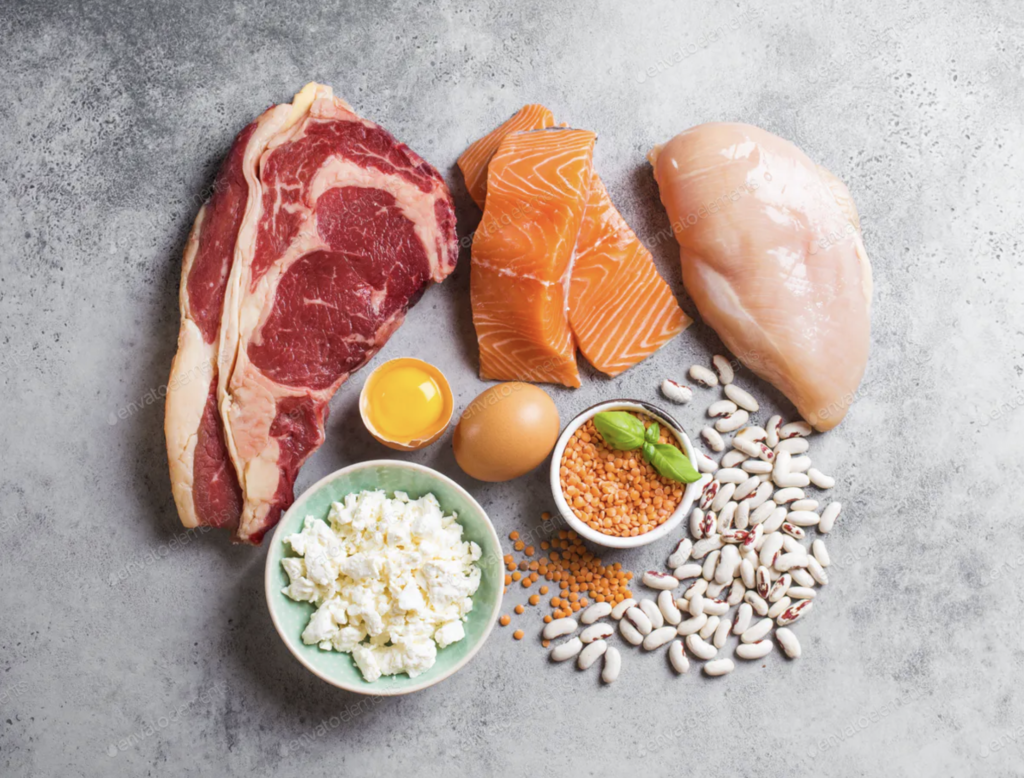As we head into summer, many people will be wanting to burn off the fat that they may have gained during the winter. This could be from a muscle-building phase over a sustained period, or from letting yourself get out of shape during lockdown due to having low motivation, not much of a plan, and very little support or guidance.
However, despite making the decision to burn off plenty of body fat, there is always a worry about potentially losing muscle too. It can be very easy to fall into the mindset that fat loss will also equal muscle loss, and there are usually several mistakes that are made, which lead to people losing the hard-earned muscle that they gained beforehand. So, how can you prevent this from happening?
Consistent Resistance Training
One of the most important points is that you keep doing your resistance training sessions. When you move into a fat loss phase, your training routine does not change much, if at all – it is the adjustments to your diet and cardio that make the difference. If you stop resistance training, limited muscle breakdown will occur and you will start to see muscle loss after 2-3 weeks.
Your sessions do not need to be very frequent or high volume. Two to four sessions per week (I usually recommend three) is perfect for retaining your muscle tissue. However, make sure that the intensity and quality of your sessions are still high so that you are still challenging your body, improving your performance, maintaining strength, and burning plenty of calories. Still aim to lift heavy, too – you do not need to do lots of repetitions to burn more calories. Aim to get stronger, particularly with compound lifts, and keep progressing.
High Protein Intake

Another area you will need to prioritise is the amount of protein you consume on a daily basis. Protein is an important macronutrient that plays a crucial role in the process of muscle recovery and repair when you are looking to build more muscle or tone your body. It has ‘building blocks’ called amino acids that the body uses to build and repair muscles and bones, in addition to making hormones and enzymes. Protein is also essential for retaining the muscle you have already gained and can be used as an energy source.
So, to maintain your muscle tissue, you should have 0.8-1 gram of protein per pound (lbs) of body weight. For example, if your body weight is 160 pounds, you should be consuming 150-160g per day. To consistently hit this target, aim to divide your meals up throughout the day, with protein featuring regularly – try to have 25g-40g with every meal or snack that you have. Make this a habit and it should become easier from then on.
Moderate Calorie Deficit
Another common mistake people make when trying to lose body fat is to drastically reduce their calories and under-eat. Many people fall into the mindset of thinking, the less you eat, the faster the rate of fat and weight loss. This is, in fact, one of the worst things you can do because it grinds your metabolism (the chemical process inside your body that turns food into energy) to a halt, which means that you not only stop burning fat, but you also lose muscle tissue because your body starts to eat into your muscle storage for energy.
So, while you need to be in a calorie deficit to lose weight and body fat, the deficit needs to be a moderate one – usually 400-500 below your maintenance (the number of calories you need to consume to stay the same weight, based on your physique and daily activity). That way, you can keep burning fat efficiently, maintain a functioning metabolism, keep energy levels high so that you burn more calories throughout the day, and have an enjoyable, sustainable diet that you can stick to in the long-term.
Not Too Much Cardio

A trap that many people fall into is thinking is that in order to lose fat, you need to ramp up your cardio output and make that your primary source of exercise. Although cardio does indeed burn plenty of calories, the more efficient you become at cardio, the fewer calories you are going to burn from it. Furthermore, and perhaps more importantly, too much cardio will lead to a ‘skinny fat’ physique, where you do not have a proper structure and shape to your body and you instead have a much smaller frame, with some fat still hanging on.
Resistance training 2-4 times per week should be your main source of exercise, but it should be supported by some low-intensity cardio that is sustainable and not too taxing on the body and its central nervous system. The most popular form of this is walking 8-10k steps per day, which is enjoyable and easy to maintain, especially when you make it part of your routine. Alternatively, 20-30 mins on an exercise bike, cross trainer, or treadmill is also a good option, if preferred. The most important thing is that you find a form that works best for you and your schedule.
Summary
So, when you move into a calorie deficit to lose body fat, you do not need to worry about sudden muscle loss. However, make sure that you are staying consistent with your resistance training, your protein intake is high (0.8-1 per pound of bodyweight), you are in a moderate calorie deficit of 400-500 calories, and that you are not going overboard on cardio.
Integrate these points into your routine and you will be able to lose body fat efficiently and maintain the muscle that you worked so hard to achieve. That is when your physique will go to the next level.
Photo Credits: Envato Elements


